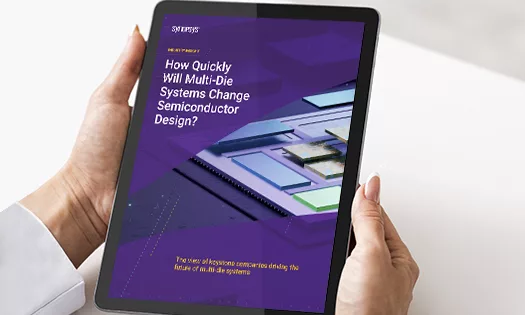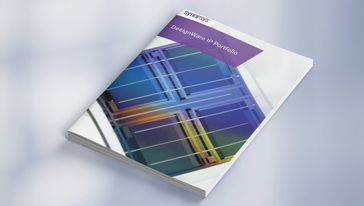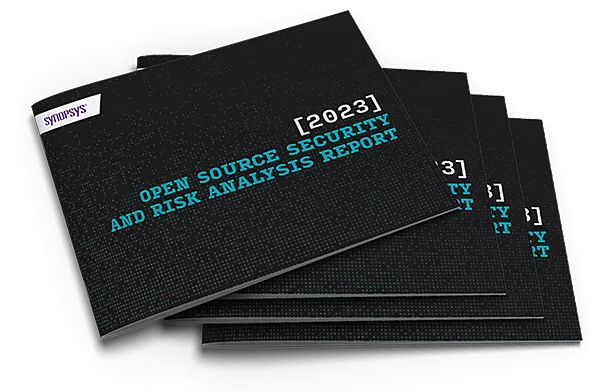Cloud native EDA tools & pre-optimized hardware platforms
MOUNTAIN VIEW, Calif., Sept. 28, 2011 /PRNewswire/ --
Highlights:
* Improvements to industry-leading beam propagation analysis:
-- General complex field input supports custom light source definitions.
-- Birefringent crystal modeling is included for microlithographic and optical telecommunication devices.
-- More robust pre-analysis feature minimizes setup time and maximizes ease of use.
-- Multiprocessor support speeds computation time.
* Fully integrated Glass Expert tool automatically finds the optimal set of glasses for a user's lens design.
Synopsys, Inc. (Nasdaq: SNPS), a world leader in software and IP used in the design, verification and manufacture of electronic components and systems, today announced the availability of enhancements to its CODE V® optical design and analysis software, acquired as part of Synopsys' acquisition of Optical Research Associates (ORA®). CODE V 10.4 delivers enhancements to its Beam Synthesis Propagation (BSP) tool that enable optical designers to model and analyze diffraction effects in an optical system with increased flexibility, speed and accuracy. These enhancements are particularly useful for evaluating the performance of optical designs with stringent accuracy requirements, such as microlithography lenses, laser scanning systems and optical telecommunication devices.
BSP uses a unique, beamlet-based algorithm to produce a physically accurate model of the wave nature of light as it travels through an optical system. It accounts for aberrations and diffraction effects (interference), including the impact of aperture clipping and apodizing filters. BSP enables designers to have a full understanding of how diffraction impacts key system performance measures by providing high-accuracy computations of the optical beam intensity, amplitude and phase characteristics. Another unique capability of BSP is its pre-analysis feature, which recommends analysis parameters customized for the user's lens system, helping to minimize analysis setup time and deliver the answers designers need for system validation.
"With the CODE V 10.4 release, we continue to focus on providing our customers with features to help them design high-performance, manufacturable optical systems," said George Bayz, vice president and general manager of the Optical Solutions Group at Synopsys. "BSP sets an industry standard for beam propagation analysis with its efficient, accurate calculations, ease of use and ability to deliver answers that closely match as-built results."
"BSP is an exceptional tool for analyzing systems with complex optics, such as laser beam delivery systems," said John Tamkin, chief executive officer and chief technology officer of Imaging Insights LLC. "The pre-analysis feature removes guesswork and hand calculations sometimes necessary to set up complex sampling grids that can vary throughout an optical system. We have successfully used BSP to analyze retinal laser safety metrics for ophthalmic surgery applications and to accurately model the impact of mid-spatial optical surface irregularities on the performance of precision optical systems."
BSP General Complex Field Input
CODE V 10.4 adds support for general complex field input to BSP. This gives users flexibility to customize the input beam (light source) description by providing detailed maps of the beam's intensity and phase. For example, complex optical field data can be imported from external software programs that model waveguides for photonic devices. This feature also allows the definition and propagation of higher-order laser modes.
BSP Birefringent Crystal Modeling
BSP has been extended to model extraordinary ray propagation through uniaxial, birefringent crystals. This enhances BSP's ability to accurately model beam propagation through devices that manipulate the polarization of light, including optical telecommunication devices and lithography lenses.
BSP Pre-Analysis Enhancements
The BSP pre-analysis feature, which determines recommended sampling, resampling and other BSP analysis settings based on the user's lens system configuration and required output, is now more robust when used with systems having a Gaussian input field followed by small collimation elements, a common configuration in many optical telecommunication devices.
BSP Multiprocessor Support
BSP now takes advantage of parallel processing on multi-core architecture CPUs, enabling designers to obtain BSP analysis results in a fraction of the time needed when using a single processor.
Glass Expert Tool
Now fully integrated into CODE V, the Glass Expert tool uses a unique algorithm to find the best set of real glasses for a user's lens design that provides superior color correction (including the generation of apochromatic systems) while considering factors such as glass transmission, cost, weight and other criteria. The result is a practical, final set of glasses that eliminates the need for time-intensive glass selection.
Availability
The CODE V 10.4 release is available now and can be obtained by emailing info@opticalres.com.
About CODE V
Formerly an ORA product, CODE V is an optical engineering and design software solution that supports the optimization, analysis and tolerancing of image-forming optical systems and free-space photonic devices. ORA is now part of Synopsys, Inc. For more information visit https://www.synopsys.com/optical-solutions.html
About Synopsys
Synopsys, Inc. (Nasdaq: SNPS) is a world leader in electronic design automation (EDA), supplying the global electronics market with the software, intellectual property (IP) and services used in semiconductor design, verification and manufacturing. Synopsys' comprehensive, integrated portfolio of implementation, verification, IP, manufacturing and field-programmable gate array (FPGA) solutions helps address the key challenges designers and manufacturers face today, such as power and yield management, system-to-silicon verification and time-to-results. These technology-leading solutions help give Synopsys customers a competitive edge in bringing the best products to market quickly while reducing costs and schedule risk. Synopsys is headquartered in Mountain View, California, and has approximately 70 offices located throughout North America, Europe, Japan, Asia and India. Visit Synopsys online at http://www.synopsys.com/.
Synopsys, CODE V and ORA are registered trademarks of Synopsys, Inc. All other trademarks or registered trademarks mentioned in this release are the intellectual property of their respective owners.
Editorial Contacts:
Sheryl Gulizia
Synopsys, Inc.
650-584-8635
sgulizia@synopsys.com
Lisa Gillette-Martin
MCA, Inc.
650-968-8900 x115
lgmartin@mcapr.com
SOURCE Synopsys, Inc.





